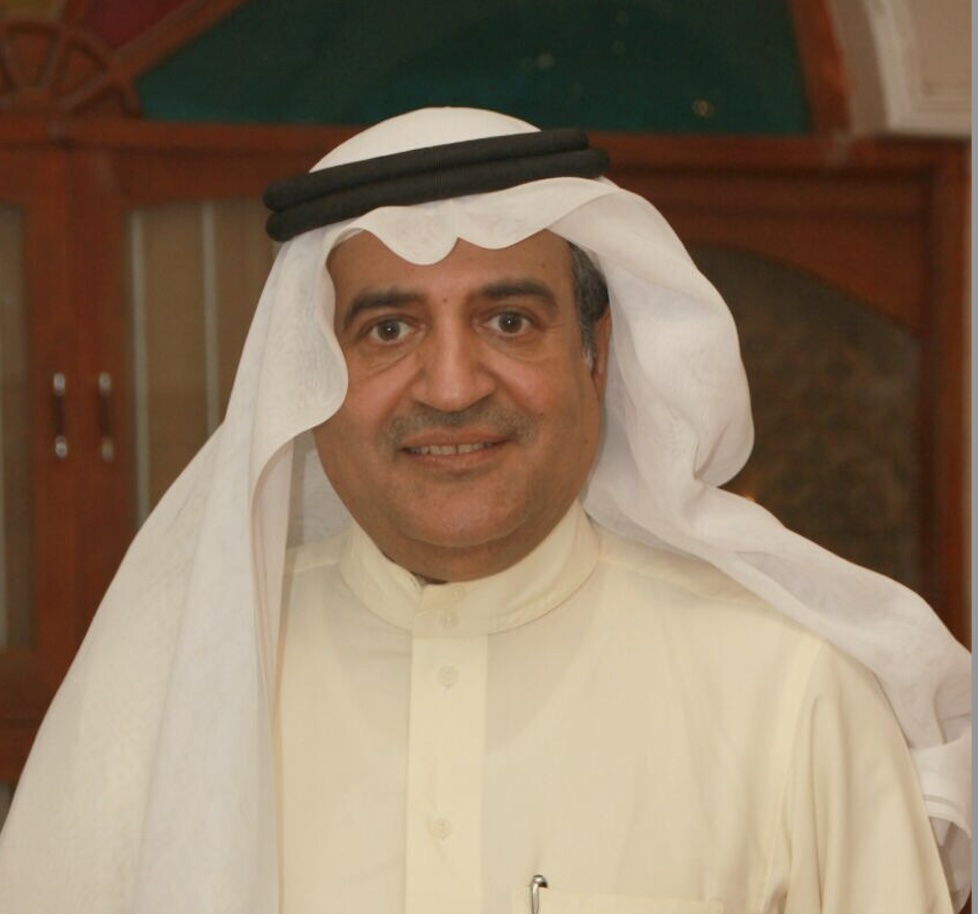RIYADH: Saudi Arabia continued to embrace digital advancements in 2023, as both traditional point-of-sale systems and the e-commerce sector saw annual growth of 13 percent.
The latest data release by the Kingdom’s central bank, also known as SAMA, showed the total value of e-commerce sales using Mada cards and point-of-sale transactions amounted to SR770.87 billion ($205.55 billion).
This total excludes transactions made through Visa, Mastercard, and other credit cards.
This trend emphasizes the crucial role that technology is playing in driving a transformative shift in the landscape of consumer transactions in Saudi Arabia.
This is characterized by a rapid increase in the adoption of electronic payment methods and the seamless integration of technology into retail environments.
The heightened demand for e-commerce contributed to a notable 28 percent increase in sales, reaching SR157 billion, accompanied by a 43 percent surge in transaction volume.
On the other hand, POS transactions, comprising the largest share, experienced a growth of 9.8 percent, reaching a total of SR614 billion.
As per information from SetupinSaudi.com, Saudi Arabia stands out as a prime market for e-commerce expansion, fueled by its burgeoning digital economy and tech-savvy population.
Boasting an approximate population of nearly 36 million people, the country offers a substantial customer base with a notable penchant for online shopping. The government’s commitment to digital transformation, coupled with initiatives aligned with Vision 2030, further enhances its allure for e-commerce ventures, the Saudi guide added.
FASTFACT
The heightened demand for e-commerce contributed to a notable 28 percent increase in sales, reaching SR157 billion, accompanied by a 43 percent surge in transaction volume.
Factors boosting e-commerce sites are high internet penetration, with over 90 percent of the Kingdom’s residents connected to the web; a growing, affluent population; and increasing awareness of online shopping benefits such as convenience and lower prices, the company added.
Additionally, there is a shift from cash on delivery to online payments in line with Vision 2030 goals, which expects 70 percent of transactions to be cashless.
The evident shift towards digitalization is further highlighted by a significant trend of branch closures for the fourth consecutive year. In 2023 alone, 26 branches were shut, with a notable concentration in Makkah and the Eastern Province, according to the latest data from the central bank.
Additionally, the closure of 297 ATMs accompanied the issuance of 5.2 million cards, underlining a transition from traditional banking methods to a more digitized approach.
There has also been a decline in cash withdrawals through banks and Mada cards by 2.43 percent and 0.20 percent respectively, signaling a growing reliance on digital payment methods and a reduction in traditional cash transactions.
As for POS payments, beverages and food, restaurants and cafes constituted the highest share of Saudi spending at 16 percent and 15 percent respectively.
The highest growth however is witnessed in public utilities, with POS sales surging by almost 29 percent to reach SR5.67 billion.
The digitization of utility payments in Saudi Arabia is swiftly advancing with the support of the Digital Government Authority, established on March 9, 2021, to oversee all digital government activities in the country.
Its primary objective is to cultivate a proactive digital government that delivers efficient services and fosters integration among state entities.
Through the utilization of technology, digital government initiatives aim to enhance data access and service delivery, emphasizing the implementation of information technologies, systems, and platforms to facilitate easier access to government services while upholding standards of quality and security.
Furthermore, spending on hotels saw an increase of 19 percent to reach SR14.69 billion. Spending on transportation and education followed in terms of achieved growth rates to reach SR35.3 billion and SR9.67 billion respectively.
Riyadh city stood at the epicenter of 33 percent of these transactions, amounting to SR200.37 billion, with Jeddah following closely at SR87.82 billion. Notably, Riyadh and Makkah experienced the highest growth in POS sales among Saudi Arabia’s major cities, at 16 percent each.
Riyadh also saw a remarkable increase in POS terminals, registering 35 percent, surpassing all other cities.
Under the leadership of Crown Prince Mohammed bin Salman, the Kingdom has actively pursued the relocation of foreign businesses’ regional headquarters to Riyadh and encouraged increased investment in the nation. The capital’s attractiveness to foreigners is bolstered by ongoing social developments, contributing to its economic growth.
The liberalization of the social landscape has also created new investment opportunities, particularly in leisure and hospitality sectors, further boosting Riyadh’s economy.
Additionally, the Saudi capital secured the hosting rights for the 2030 World Expo, winning over Rome and Busan, demonstrating its commitment to shaping a prosperous and sustainable future and anticipating a significant influx of visitors.
In Makkah, local developers are poised to invest SR2.5 billion through a partnership between Umm Al-Qura for Development and Construction Co. and the Kingdom’s General Authority of Awqaf.
This collaboration, through an agreement signed during the Hajj and Umrah Services Conference and Exhibition in January 2024, aims to create a unique hospitality project in Makkah.






























